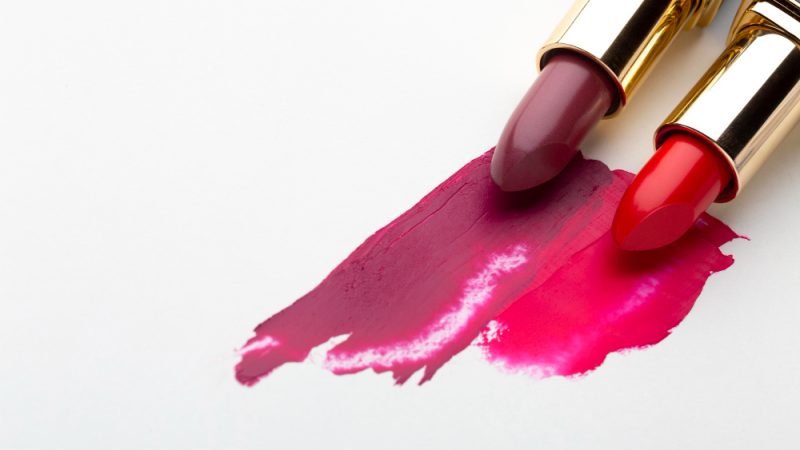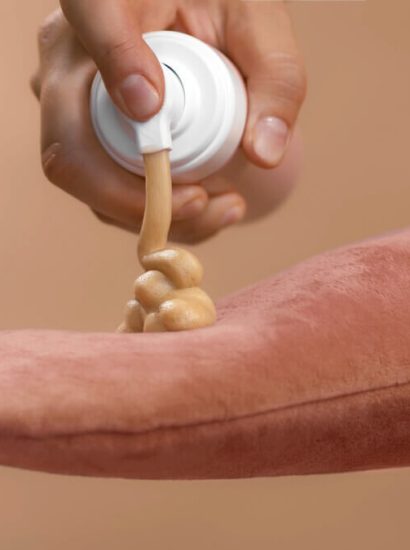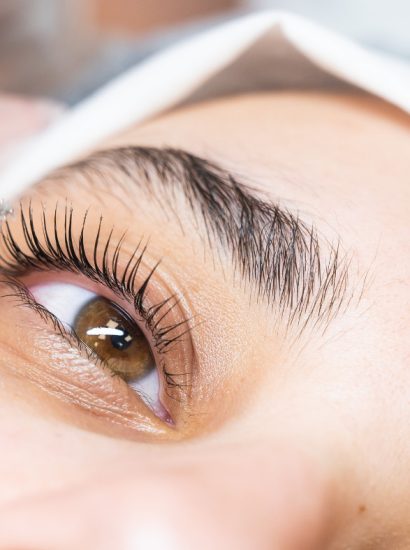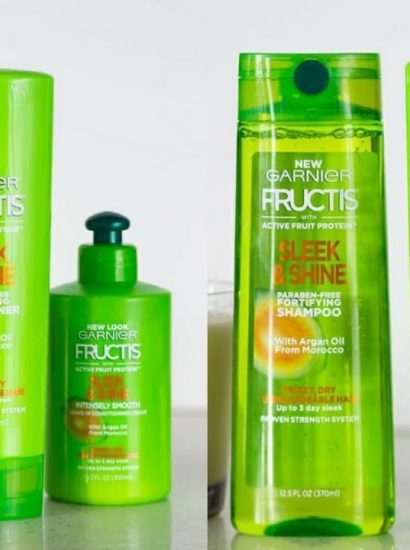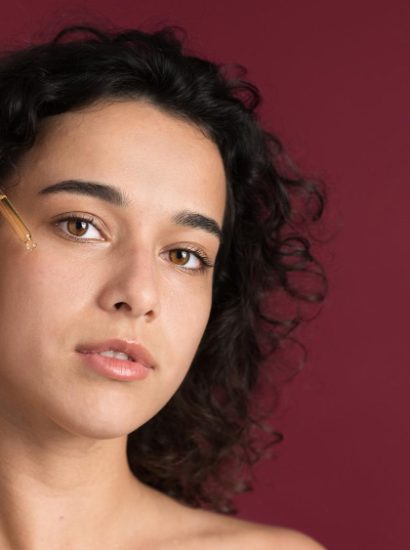When it comes to enhancing your lips, two beauty staples dominate the market: lip tints and lipsticks. While both serve the purpose of adding color and charm to your pout, they do so in very different ways. But despite their popularity, a lot of myths and misinformation surround these products, often leading to poor choices and unmet expectations.
In this article, we’ll bust the top 9 myths about lip tint vs lipstick so you can make smarter, more confident decisions when shopping for your next lip product.
1. Myth #1: Lip Tints Are Always Better for Natural Looks
Many believe that lip tints are the *onlyoption for achieving a natural, effortless look. While it’s true that lip tints often offer a sheer wash of color, it’s misleading to say they’re the *onlyproduct for this effect.
Truth:
Today’s lipsticks come in lightweight, sheer, and satin finishes that can rival the natural appearance of a lip tint. Brands have evolved, offering lipsticks that look just as subtle, with moisturizing and long-lasting formulas.
Takeaway:
Both lipsticks and tints can create a natural look—it all depends on the formulation and how you apply it.
2. Myth #2: Lipsticks Are Always Drying
This is one of the most persistent myths in beauty. Traditional matte lipsticks *used tobe drying, but modern formulations have come a long way.
Truth:
Many lipsticks now include hydrating ingredients like shea butter, jojoba oil, and hyaluronic acid, making them nourishing as well as pigmented. Some lip tints, especially water-based ones, can actually be more drying than lipsticks because they lack moisturizing properties.
Takeaway:
Not all lipsticks are drying—and some lip tints can be worse. Always check the ingredient list!
3. Myth #3: Lip Tints Last Longer Than Lipsticks
It’s commonly said that lip tints are long-wear champions, and while that’s often true, it’s not an absolute.
Truth:
Lip tints do stain the lips and can last for several hours. However, modern long-wear lipsticks (especially liquid matte formulas) offer comparable, if not better, staying power. Some lip tints fade unevenly, especially in the inner lip area.
Takeaway:
Long-lasting color is not exclusive to lip tints. Both product types can be long-wearing depending on the formula.
4. Myth #4: You Can’t Build Coverage with Lip Tints
Many users think that lip tints provide only one level of coverage—light. But this is a myth rooted in early formulas.
Truth:
Today’s lip tints come in buildable formulas. You can apply multiple layers to deepen the color without the heavy feel of lipstick. Some gel and cream tints even offer a medium to full-coverage finish.
Takeaway:
Don’t underestimate the versatility of lip tints. Many allow buildable color just like lipsticks.
5. Myth #5: Lipsticks Are Not Suitable for Oily or Humid Climates
People in tropical or humid environments often shy away from lipsticks, assuming they’ll melt or smear.
Truth:
This used to be the case with wax-heavy formulas, but modern smudge-proof and transfer-resistant lipsticks are designed to perform in all climates. In fact, certain lipsticks may perform *betterthan some watery lip tints, which can fade quickly due to sweat or sebum.
Takeaway:
Both lipstick and lip tint can work in humid weather—choose a formula suited to your environment.
6. Myth #6: Lip Tints Are Only for Teenagers or Beginners
Because of their sheer texture and soft shades, lip tints are often marketed to younger audiences. But this doesn’t mean they’re only for teens.
Truth:
Many professional makeup artists and adult consumers love using lip tints for everyday looks, bridal makeup, or as blush substitutes. Their lightweight finish and multipurpose use make them a smart, sophisticated choice for all ages.
Takeaway:
Lip tints are for everyone—don’t let age-based marketing fool you.
7. Myth #7: Lipsticks Are Only for Glamorous Looks
There’s a long-standing belief that lipsticks are too bold or “extra” for everyday use.
Truth:
While bold reds and deep berries may dominate the lipstick aisle, many brands offer nude, pink, peach, and coral lipsticks perfect for daily wear. With diverse finishes like satin, balm, or glossy, lipstick can be just as subtle as a tint.
Takeaway:
Lipstick is not reserved for glam nights. It can be your everyday go-to, too.
8. Myth #8: You Can Skip Prep with Lip Tints
Because lip tints are lightweight, some believe they don’t require any lip preparation. That’s a big mistake.
Truth:
Lip tints often cling to dry or flaky skin, making unprepped lips look uneven and patchy. Exfoliating and hydrating your lips is just as important—if not more—when using lip tints, especially water or gel-based ones.
Takeaway:
Always prep your lips, no matter which product you use.
9. Myth #9: You Must Choose One Over the Other
Many people feel pressured to pick a side in the lip tint vs lipstick debate. But this is a false binary.
Truth:
You can enjoy both products depending on your mood, outfit, and occasion. Some users even layer a tint under a sheer lipstick or gloss for a custom effect.
Takeaway:
Why choose one when you can have the best of both worlds?
10. Choosing the Right Product for Your Lifestyle
Now that we’ve busted the myths, how do you decide between lip tint and lipstick? Here’s a quick comparison guide:
| Feature | Lip Tint | Lipstick |
| — | — | |
| Finish | Sheer to buildable | Sheer to bold |
| Longevity | Long-lasting, fades naturally | Varies by formula |
| Feel | Lightweight | Can be creamy, balmy, or matte |
| Hydration | Often drying | Many contain moisturizing agents |
| Application | Quick and easy | Requires more precision |
| Best for | Minimal, fresh looks | Bold, glam, or professional looks |
Bonus Tip: Keep both in your makeup bag. Use tints for quick errands and lipsticks when you want extra impact.
Conclusion: Lip Tint vs Lipstick—It’s Time to Choose Based on Truth, Not Trends
Whether you’re a beauty minimalist or a full-glam enthusiast, understanding the facts behind lip tint vs lipstick can completely transform how you shop and wear your products. Don’t fall for outdated myths or marketing gimmicks—evaluate each formula based on your skin type, climate, occasion, and personal style.
In the end, the best lip product is the one that makes you feel confident. So experiment, mix, match, and embrace the full spectrum of what lip tints and lipsticks have to offer.
FAQs About Lip Tint vs Lipstick
1. Which lasts longer, lip tint or lipstick?
Generally, lip tints tend to last longer because they stain the lips. However, long-wear liquid lipsticks can provide even longer-lasting results depending on the formula.
2. Can I wear lipstick over lip tint?
Yes, layering a lipstick over a lip tint can add dimension and depth to your lips. It’s also a great way to make your color last longer throughout the day.
3. Which is better for dry lips—lipstick or tint?
Many modern lipsticks contain hydrating ingredients and are better for dry lips. Lip tints—especially water-based ones—can be drying and may emphasize flakes.
4. Are lip tints suitable for mature skin?
Absolutely. Lip tints can provide a natural, youthful flush that works beautifully on mature lips—just make sure to prep with a good balm or scrub.
5. Is lip tint easier to apply than lipstick?
Yes, lip tints are often easier and faster to apply, especially on-the-go. Their forgiving texture makes them ideal for a quick touch-up without a mirror.
Also read : Shoulder Botox: 9 Things to Expect During Your First Appointment

